
One of the signature features of the Microsoft Surface is the touch and inking capability. Every current Surface model has touchscreen functionality, including Surface Go, Surface Laptop, Surface Book, and Surface Pro. It gives users more ways to interact with the computer naturally, like scrolling, painting, and zooming.
However, some users prefer using a mouse and keyboard 99% of the time and rarely use the touch input. If you are one of them, you might want to disable the touch screen on your Surface device. This article will explain why and how to turn off the touchscreen.
Table of Contents
Why would you want to turn off the touch screen feature?
You should turn off the touchscreen functionality on your Surface devices for several reasons and benefits.
- Prevent accidental touch input while typing.
- Prevent accidental clicks when someone or your kid touches and plays with your laptop.
- Prevent random clicks when you have a broken screen.
- Prevent clicks caused by ghost touch issues – where your Surface register touches input by itself.
- Save battery life – turning off the touchscreen can save your system input resources and reduce stress on your processor.
I have turned off touch screens on three of my Surface devices: a Surface RT with ghost touch or phantom touch issue, a Surface Go 2, and a Surface Book with a broken screen to stop random clicks from happening.

How to turn off the Surface touchscreen
We will cover two approaches to turning off the touchscreen on Microsoft Surface and Windows 10/11 PC with touch-supported.
1. Use Device Manager
The best way to turn off the touchscreen functionality on Windows 11 or Windows 10 tablets or laptops is by turning off the device driver component that controls the communication between your computer and the touchscreen controller.
The touchscreen component is usually named “HID-compliant touch screen” and resides under the “Human Interface Devices” device type in Device Manager.
Disable the component using the following easy steps to turn off the touchscreen.
Right-click on the Start button and select Device Manager. Alternatively, click the Search box on the taskbar, type Device Manager, and press enter.

In the Windows Device Manager window, locate and expand the Human Interface Devices.

Right-click on the device name HID-compliant touch screen and select Disable device.

Click on the Yes button to confirm disabling the device.

The setting takes effect immediately after you have done all steps correctly. You can now touch the screen to see if you have successfully turned off the touch screen functionality on your Surface devices.
Re-Enable the Touchscreen
To re-enable the touchscreen on your Surface, right-click on the disabled HID-compliant touch screen device and select Enable device.

The touch input is now working again on your Surface.
2. Use Windows PowerShell
If you don’t want to go through the UI routes, use a PowerShell command to turn off or on all the touch screen capabilities. To do this, you must run those commands on the Windows Terminal as an admin by following the simple steps:
Right-click on the Start menu and select Terminal (Admin).

Type or paste the following command to the Terminal:
Get-PnpDevice | Where-Object {$_.FriendlyName -like '*touch screen*'} | Disable-PnpDevice -Confirm:$false
Re-Enable the Touchscreen
To restore all the touchscreen capabilities, execute the following command in the Terminal:
Get-PnpDevice | Where-Object {$_.FriendlyName -like '*touch screen*'} | Enable-PnpDevice -Confirm:$false
FAQs: about turning off the touchscreen
Here are a few frequently asked questions about turning off the touchscreen feature on Surface devices.
I found two HID-compliant touchscreen entries under the Human Interface Devices section. Which one should I disable?
When connecting to a drawing canvas or external monitor with touch capability, your Surface will show multiple HID-compliant touch screens in the Device Manager. Those entries will persist even when you disconnect those accessories.

All those touchscreen devices have the same name, and you can’t distinguish between them. The best way to deal with this is to disable each device until your Surface touchscreen stops working. If you found the matched entry, you can enable the rest if you still plan to use the touchscreen on those devices.
My Surface Laptop doesn’t have an “HID-compliant touch screen” device. What should I do to turn off the touchscreen?
On some Surface devices, the touch input and the pen input were combined in a single device named “Intel(R) Precise Touch and Stylus” instead of separate devices.

To turn off the touchscreen functionality on that machine, you have to disable that device, just like the way you disable the HID-compliant one.

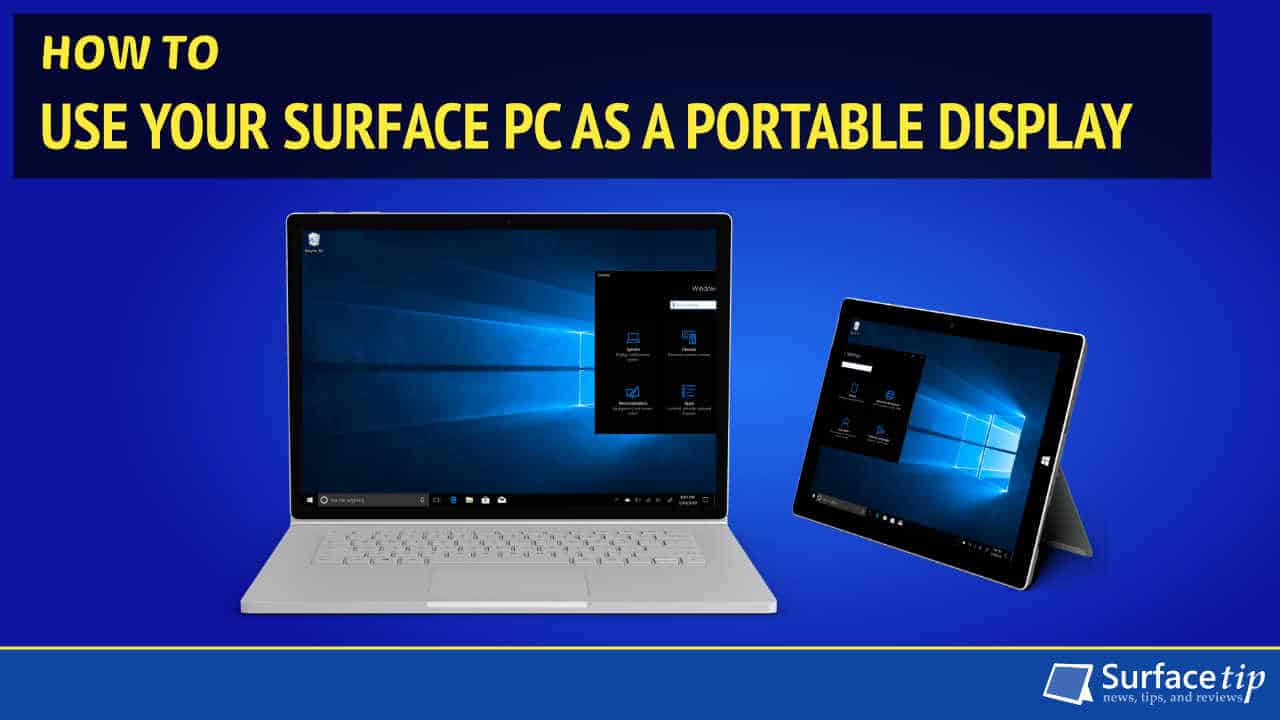
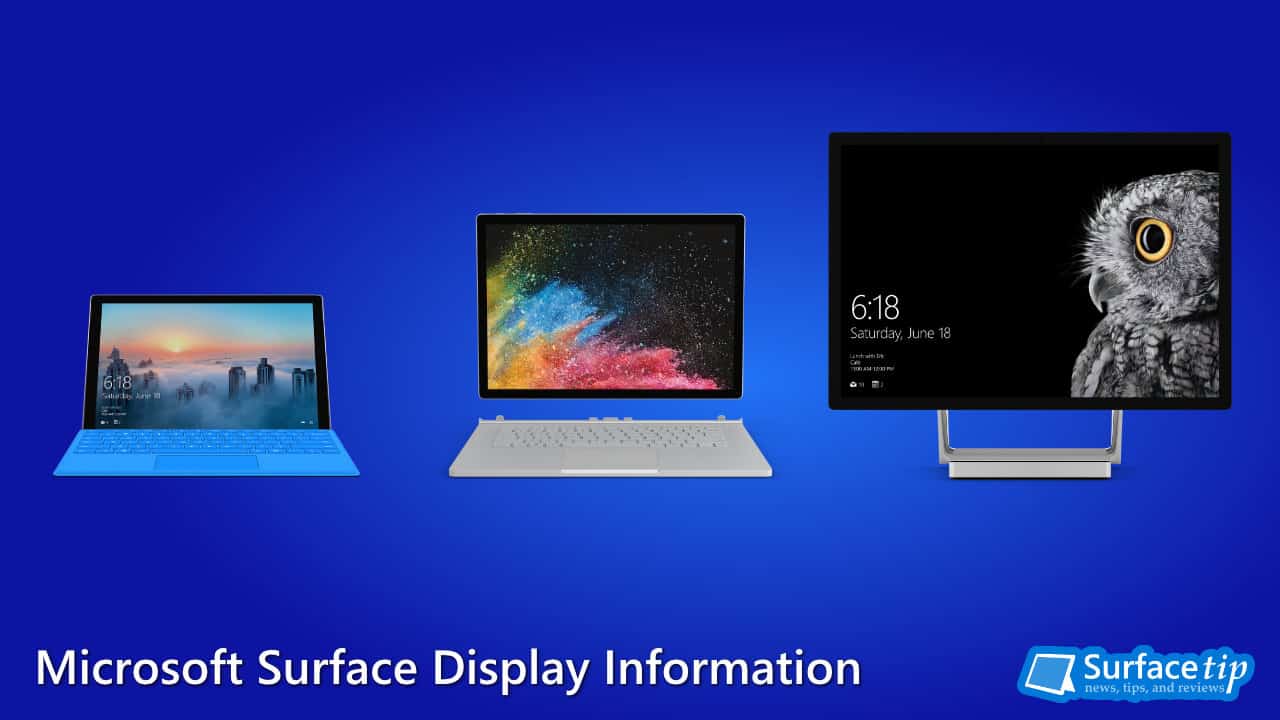
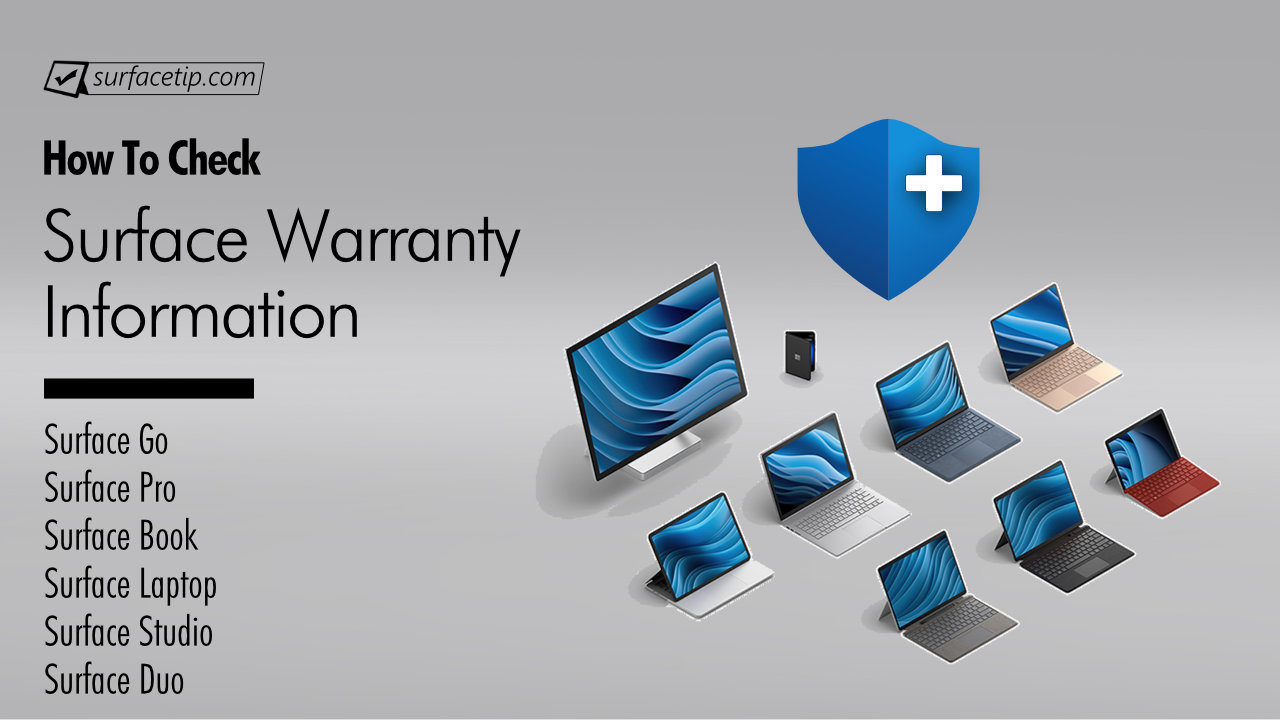
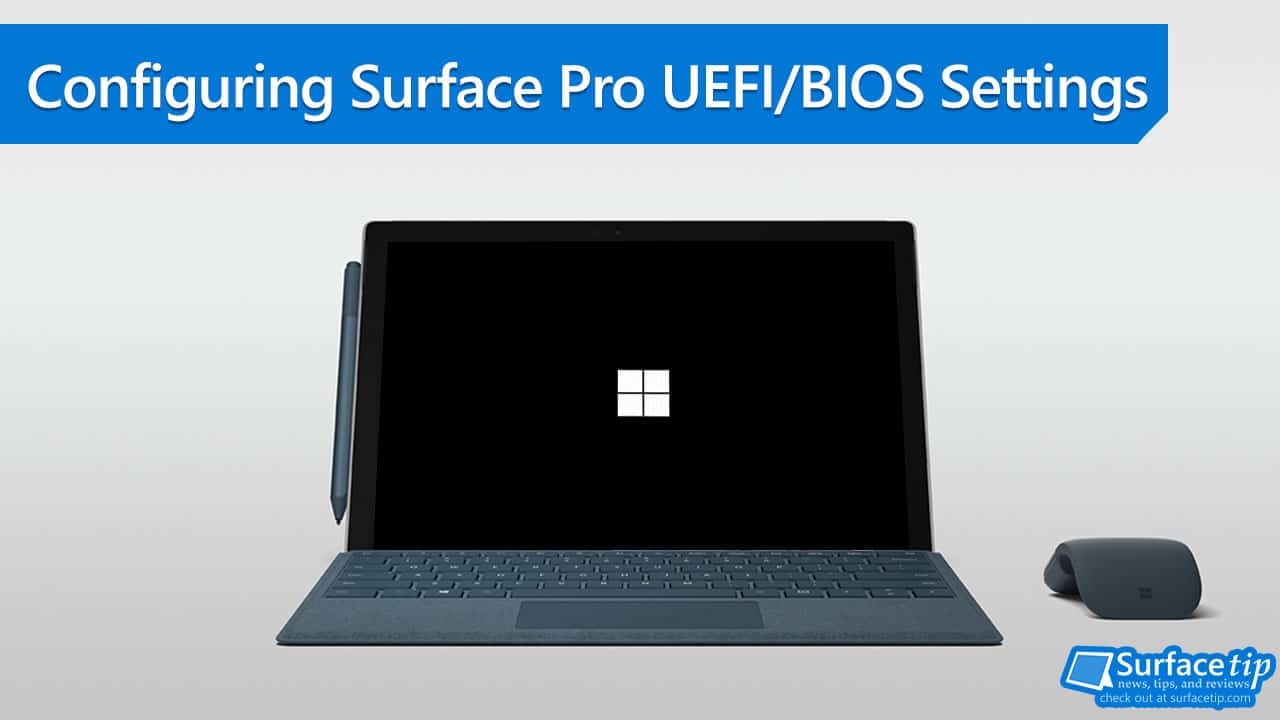
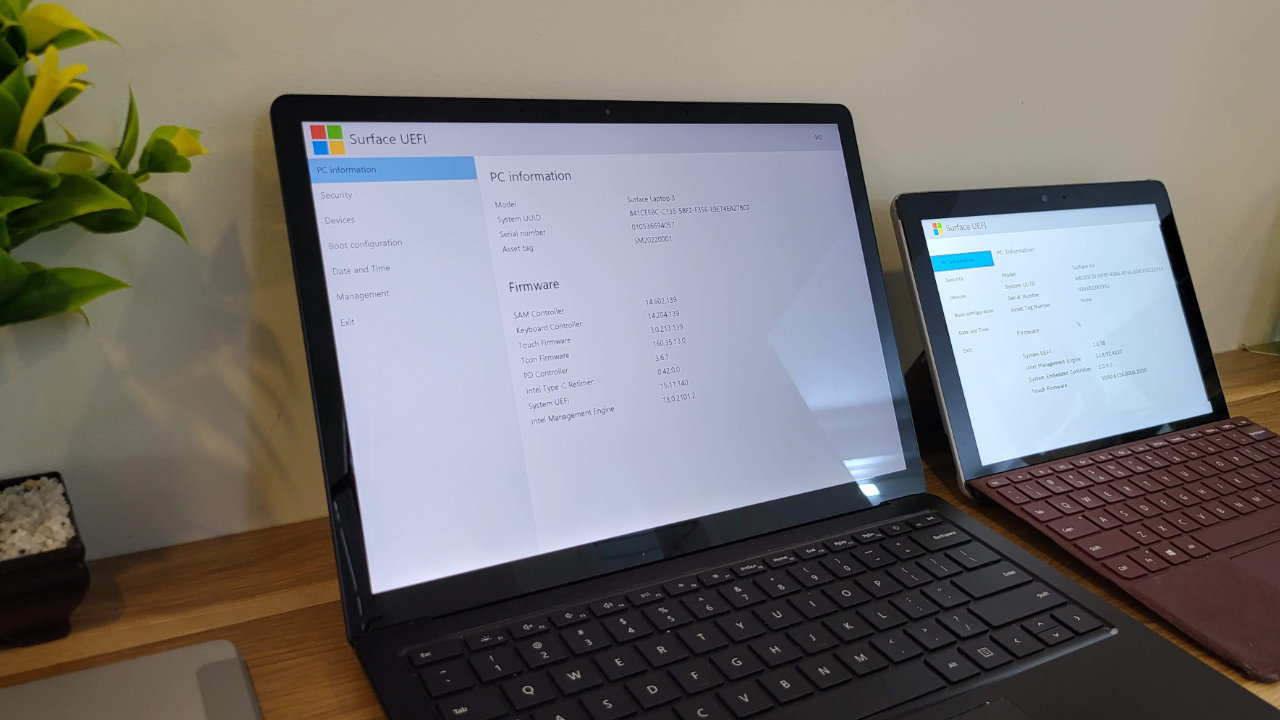

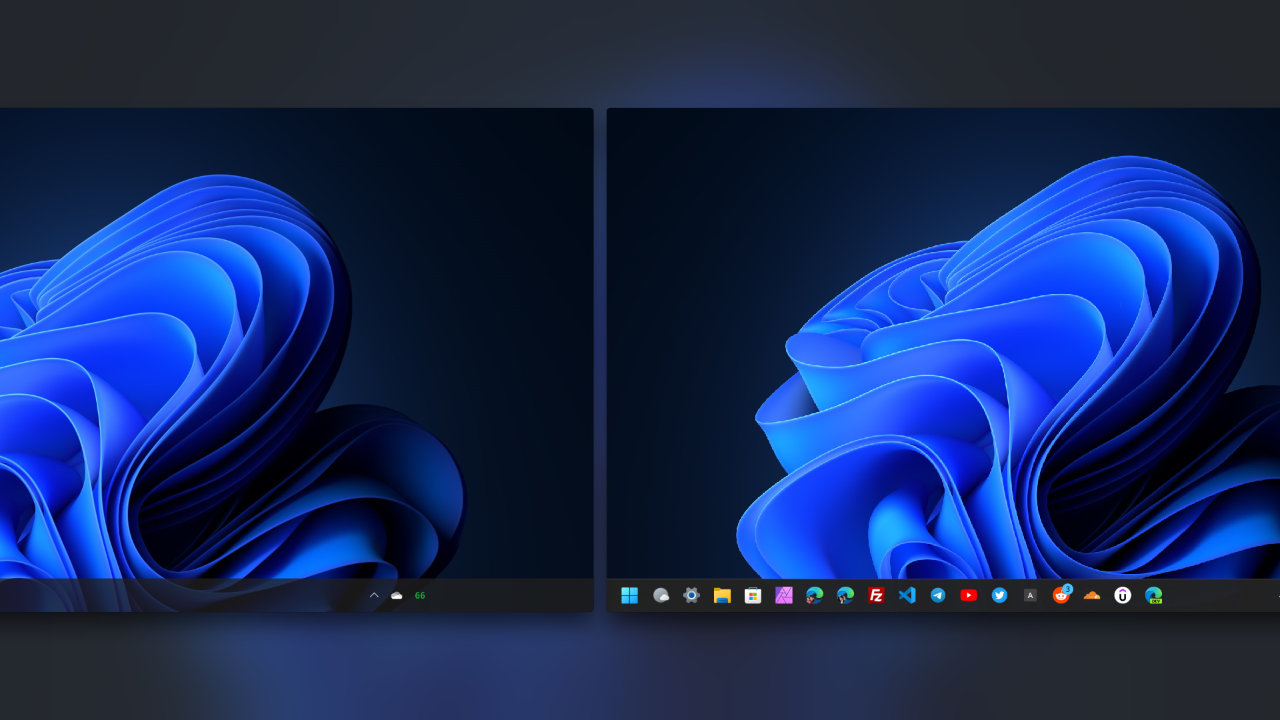
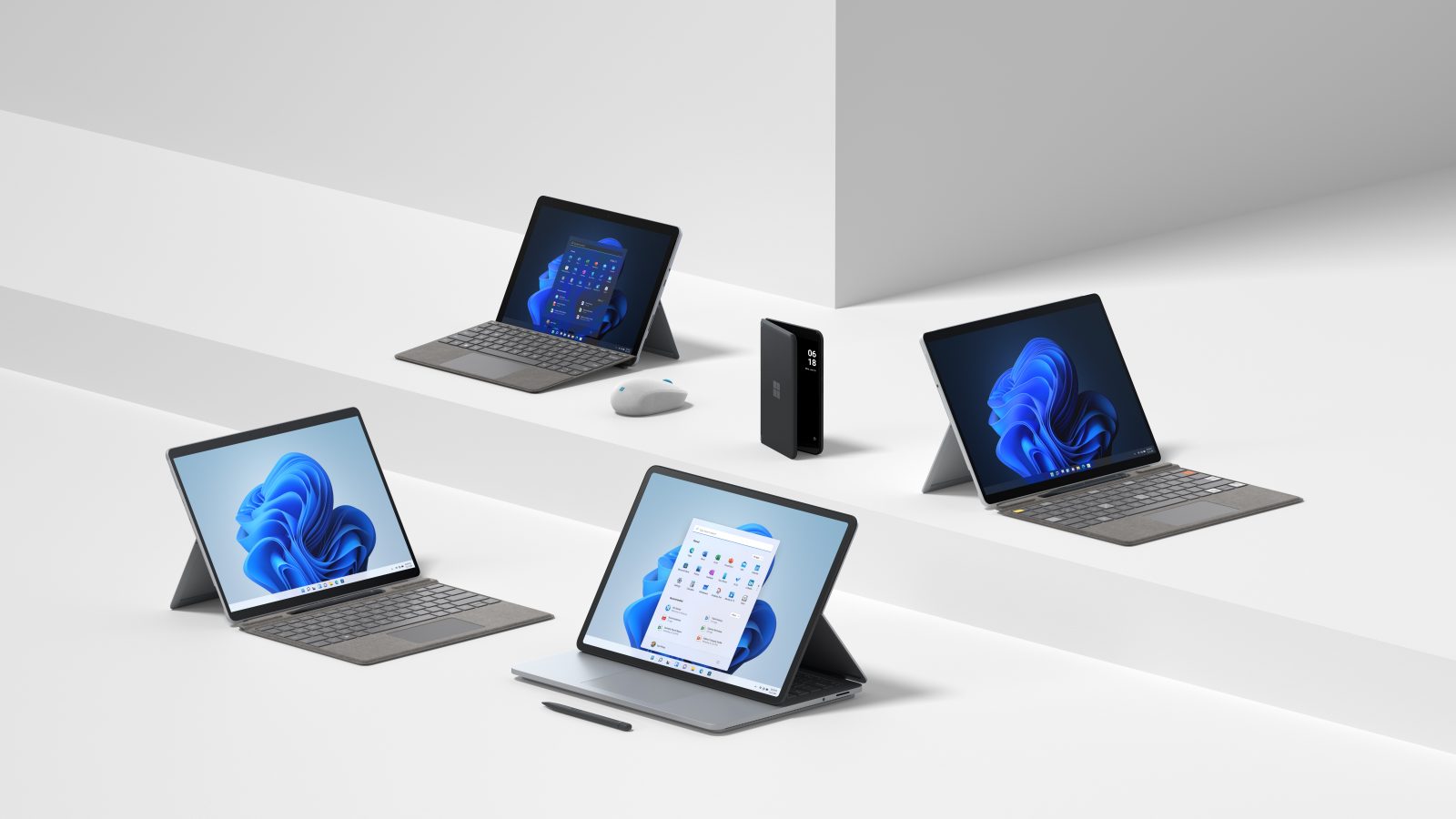
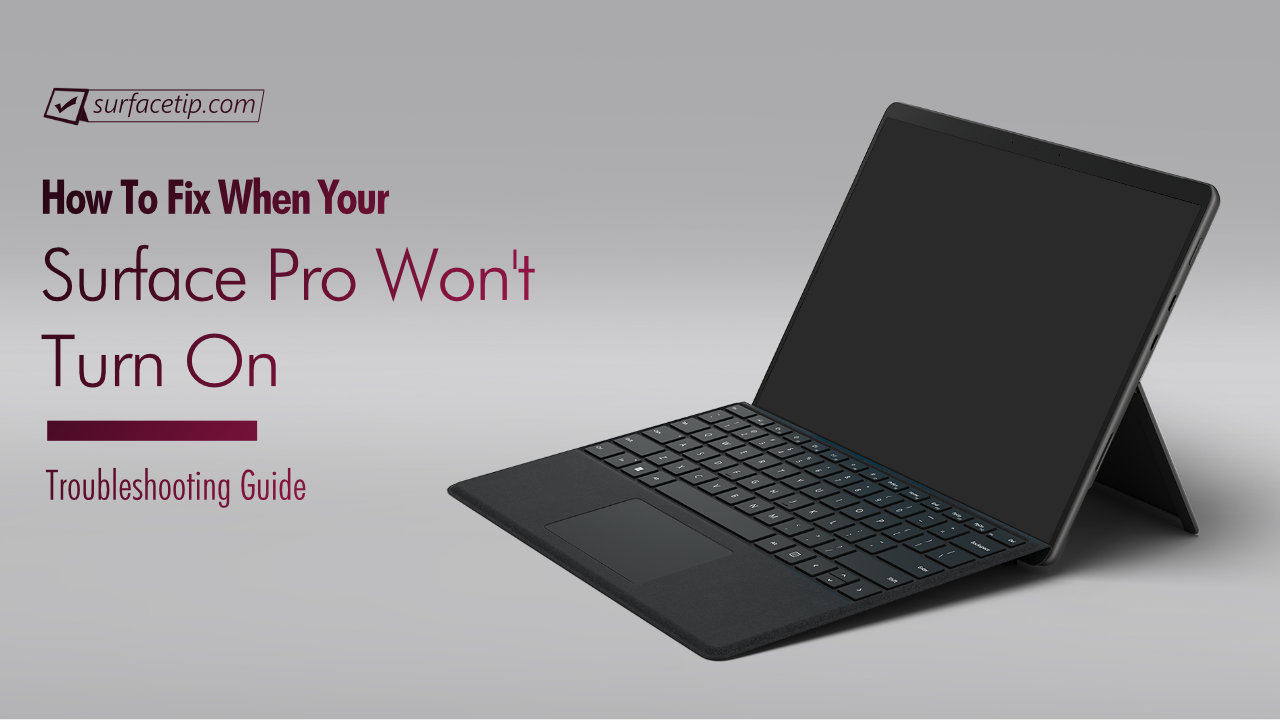
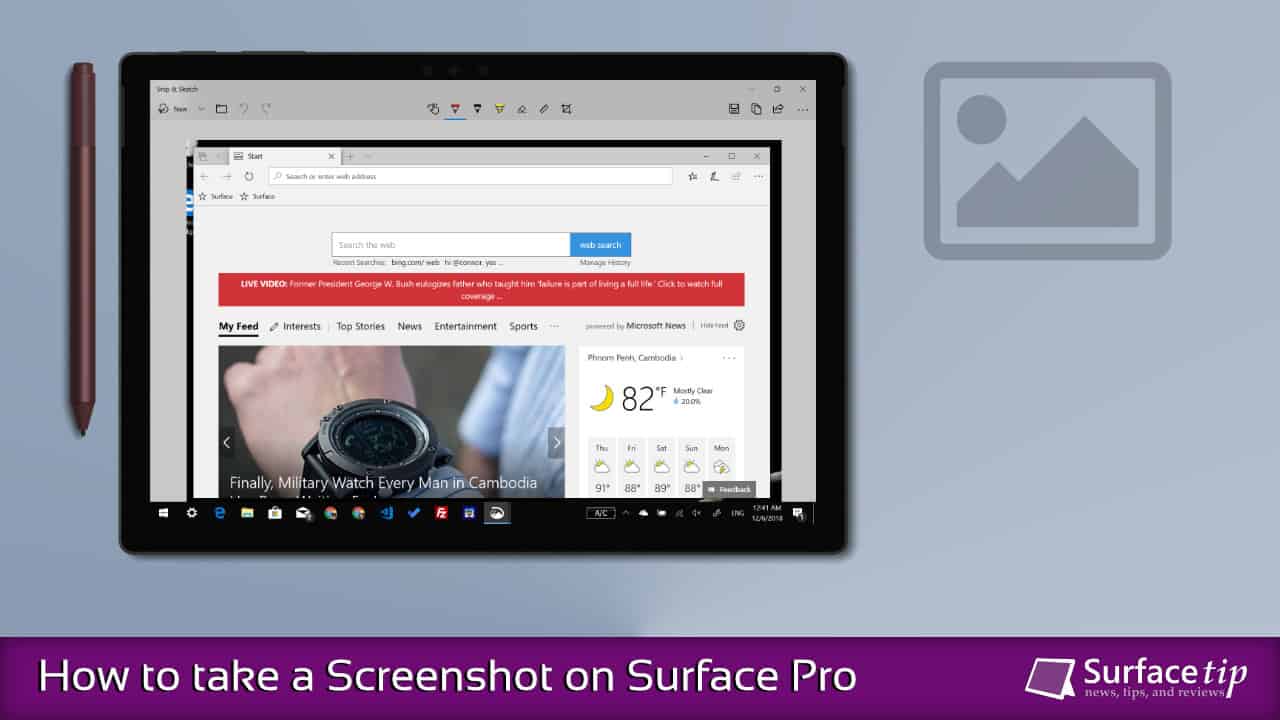
COMMENTS
Let us know what you think!
We appreciate hearing your thoughts, questions, and ideas about “How to Turn Off Touch Screen on Microsoft Surface Devices”.